As a middle school teacher with over eight years of experience, I’m always looking for new ways to keep my students engaged. One project that never fails to capture their attention is stop motion animation. It’s hands-on, fun, and educational — and it hits multiple standards without feeling like “work” to students.
In this post, you’ll learn:
- The top benefits of stop motion animation in the classroom.
- A step-by-step guide to starting your own project.
- Real examples of how I’ve used it in my classroom.
- Pro tips for making the process run smoothly.
If you want to skip ahead and get my ready-to-use Stop Motion Animation Lesson Pack, you can grab it here: Shop Lesson Plans & Classroom Resources.
Why Stop Motion Animation Works So Well in Education
Stop motion animation isn’t just a fun activity — it’s a powerful teaching tool that supports creativity, critical thinking, and collaboration.
Key benefits include:
- Enhances Creativity – Students turn their ideas into real, moving stories, boosting artistic expression and problem-solving skills.
- Builds Critical Thinking – They have to plan sequences, think about timing, and solve production challenges along the way.
- Encourages Collaboration – Group projects teach teamwork, communication, and shared responsibility.
Research from Edutopia shows that integrating creative, hands-on projects like stop motion can significantly increase student engagement and retention.
Step-by-Step: How to Start a Stop Motion Animation Project
You don’t need a professional studio to make this work. Here’s my simple classroom-friendly setup:
1. Gather Your Materials
- Devices: Smartphones or tablets with cameras.
- Stop Motion App: Free or low-cost options like Stop Motion Studio or iMotion.
- Tripods: To keep the camera steady.
- Props: Clay, LEGO, paper cutouts, or small figurines.
2. Plan the Project
- Storyboard: Students sketch out each scene.
- Script: Simple dialogue or narration to guide the animation.
3. Shoot the Animation
- Set Up: Arrange characters and background.
- Capture Frames: Move objects slightly between shots.
- Edit: Compile frames in the app and add sound.
4. Review & Reflect
- Watch Together: Celebrate the finished product.
- Feedback Session: Discuss successes and improvements.
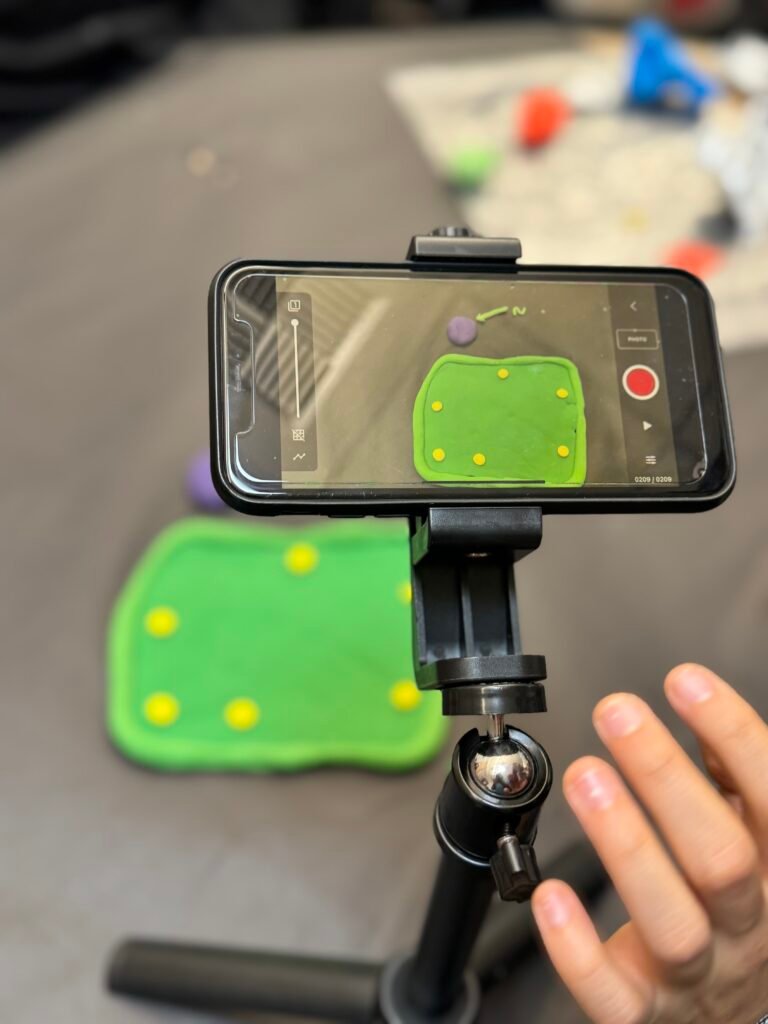
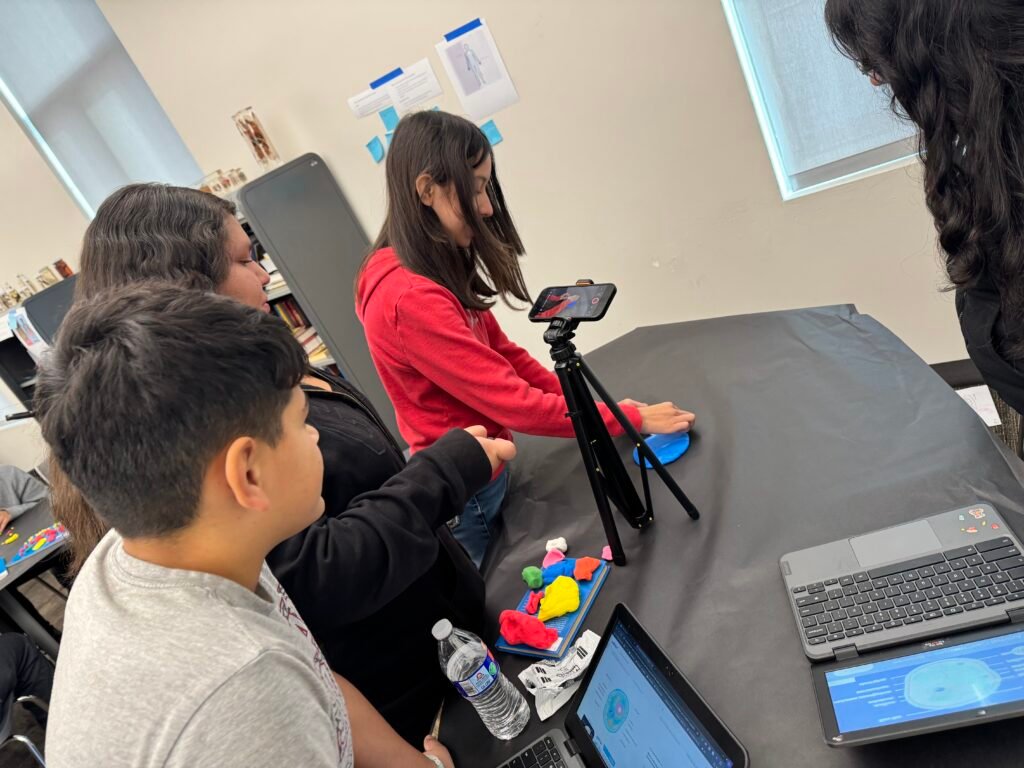
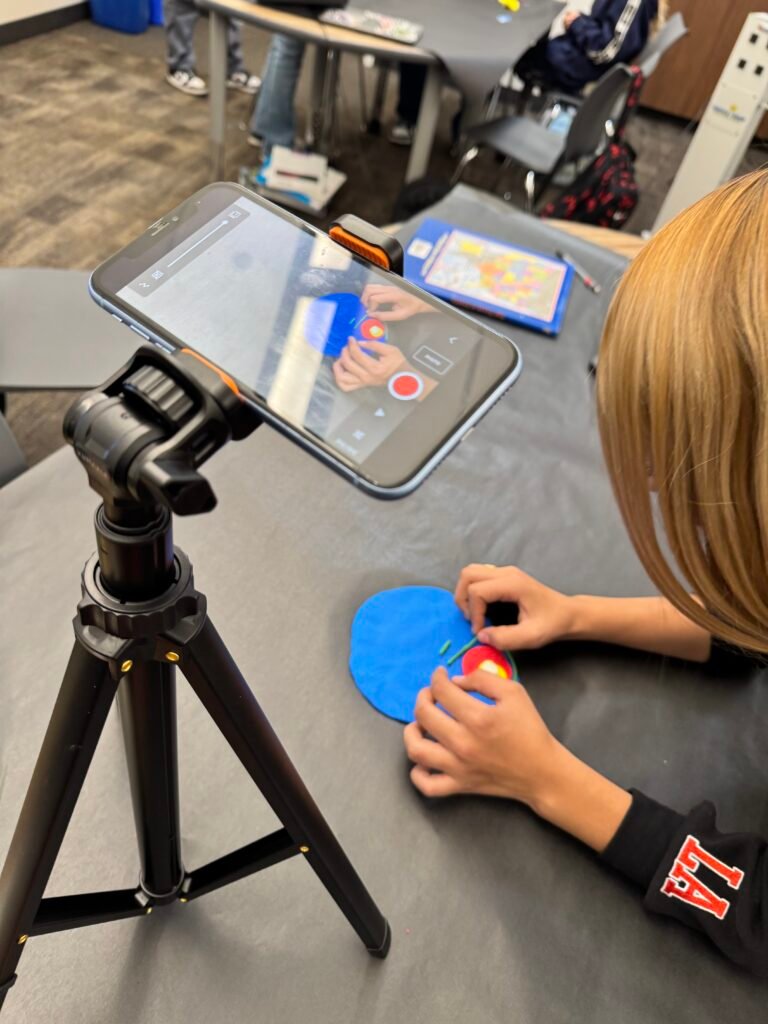
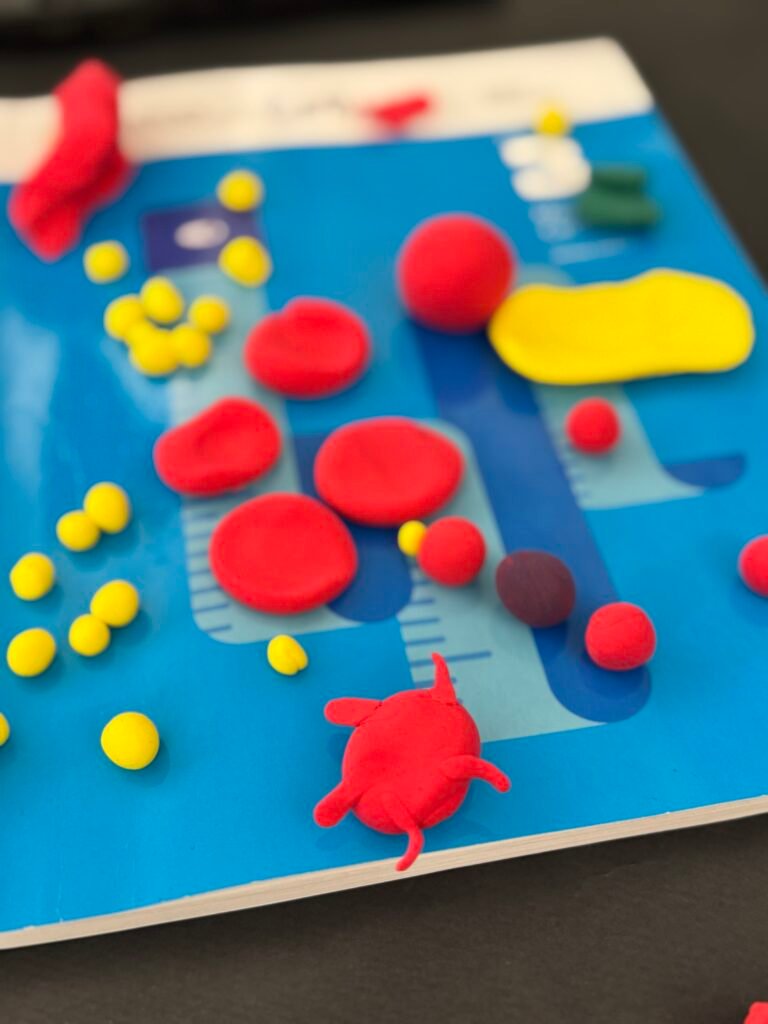
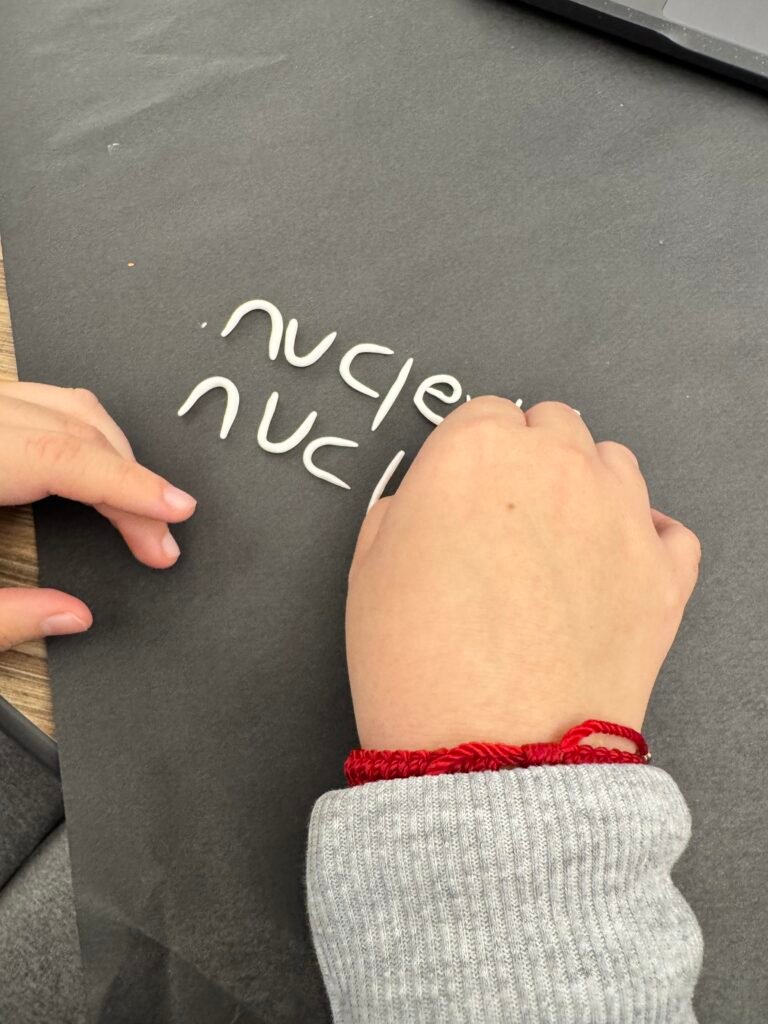
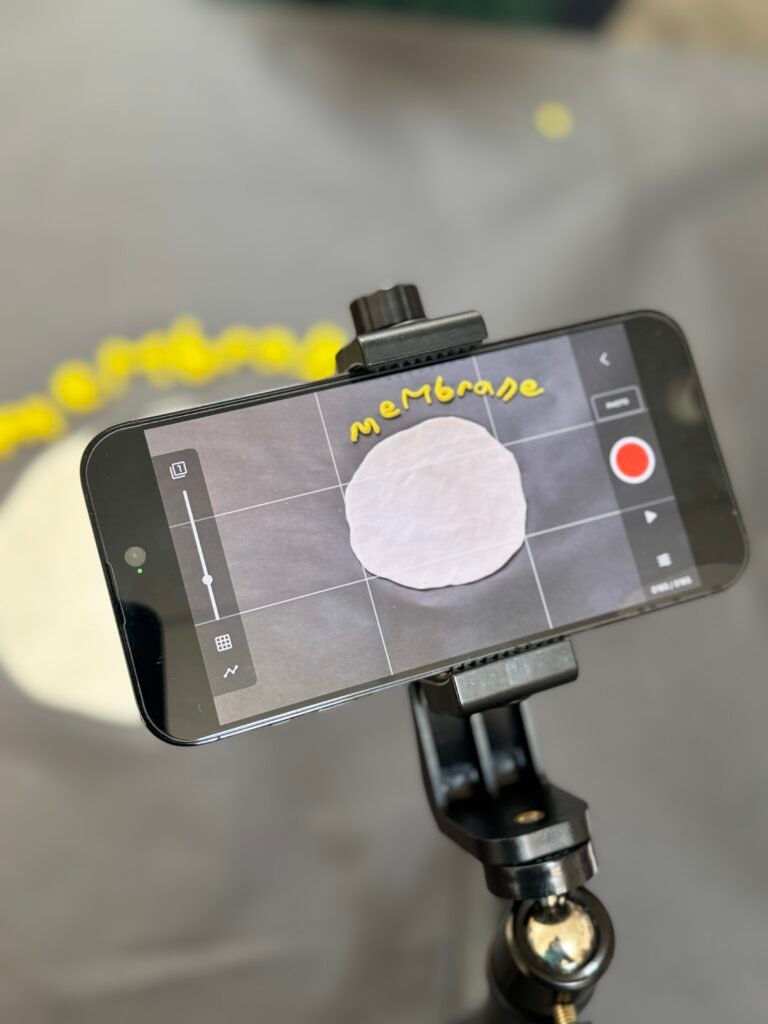
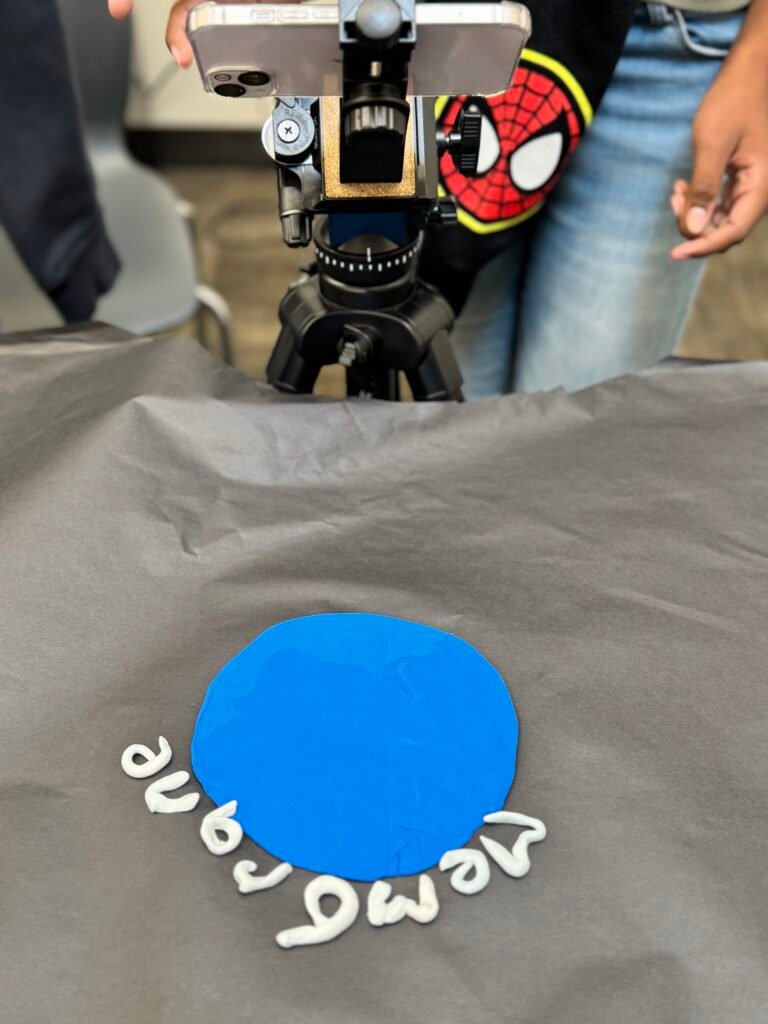
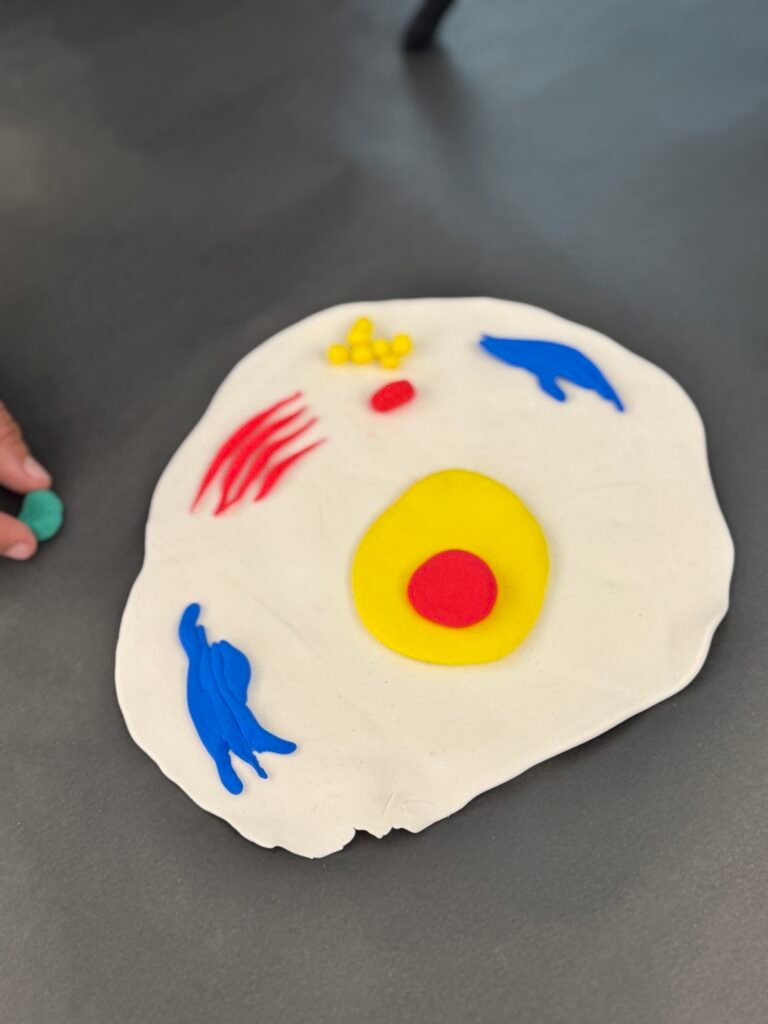
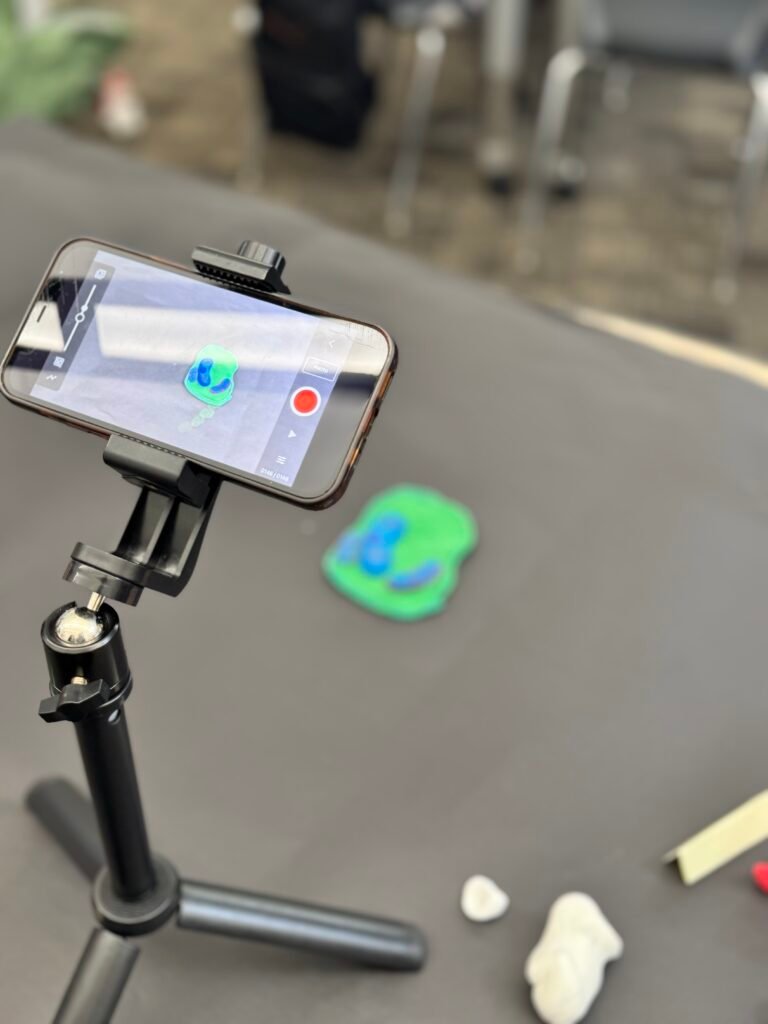
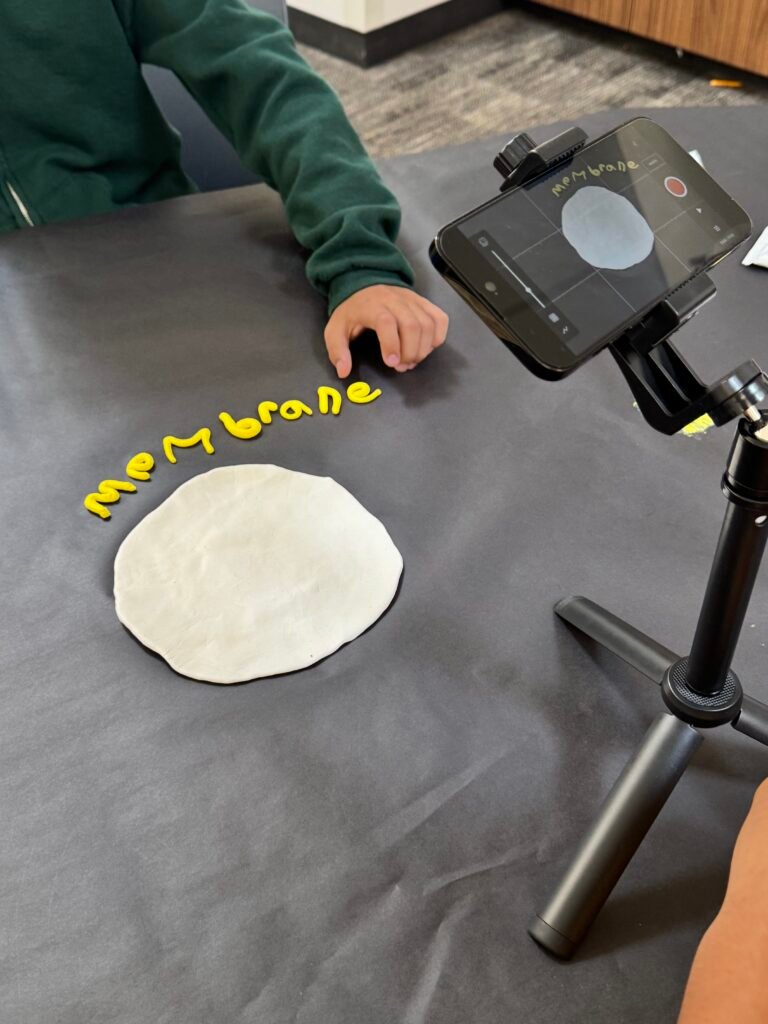
Examples from My Classroom
Here are three ways I’ve successfully used stop motion animation:
- Historical Events – Students recreated battles from the American Revolution to better understand key moments.
- Science Processes – Animations of the water cycle and photosynthesis made complex concepts easier to visualize.
- Creative Writing – Students turned their own short stories into animated films, boosting presentation skills and confidence.
Tips for Smooth Project Execution
- Plan Time Wisely – One day for planning, one for filming, one for editing works well.
- Assign Roles – Director, animator, editor, and narrator keep everyone involved.
- Troubleshoot in Advance – Teach students about consistent lighting and stable camera setups.
Final Thoughts
Stop motion animation is one of the most engaging, versatile, and fun projects you can do in your classroom. It sparks creativity, builds essential skills, and makes learning memorable.
If you want to save prep time, I’ve created a ready-to-use Stop Motion Animation Project Pack with:
- Step-by-step student instructions
- Editable storyboards and scripts
- Rubrics and grading guides
- Project examples
You can get it instantly here: Shop Lesson Plans & Classroom Resources.


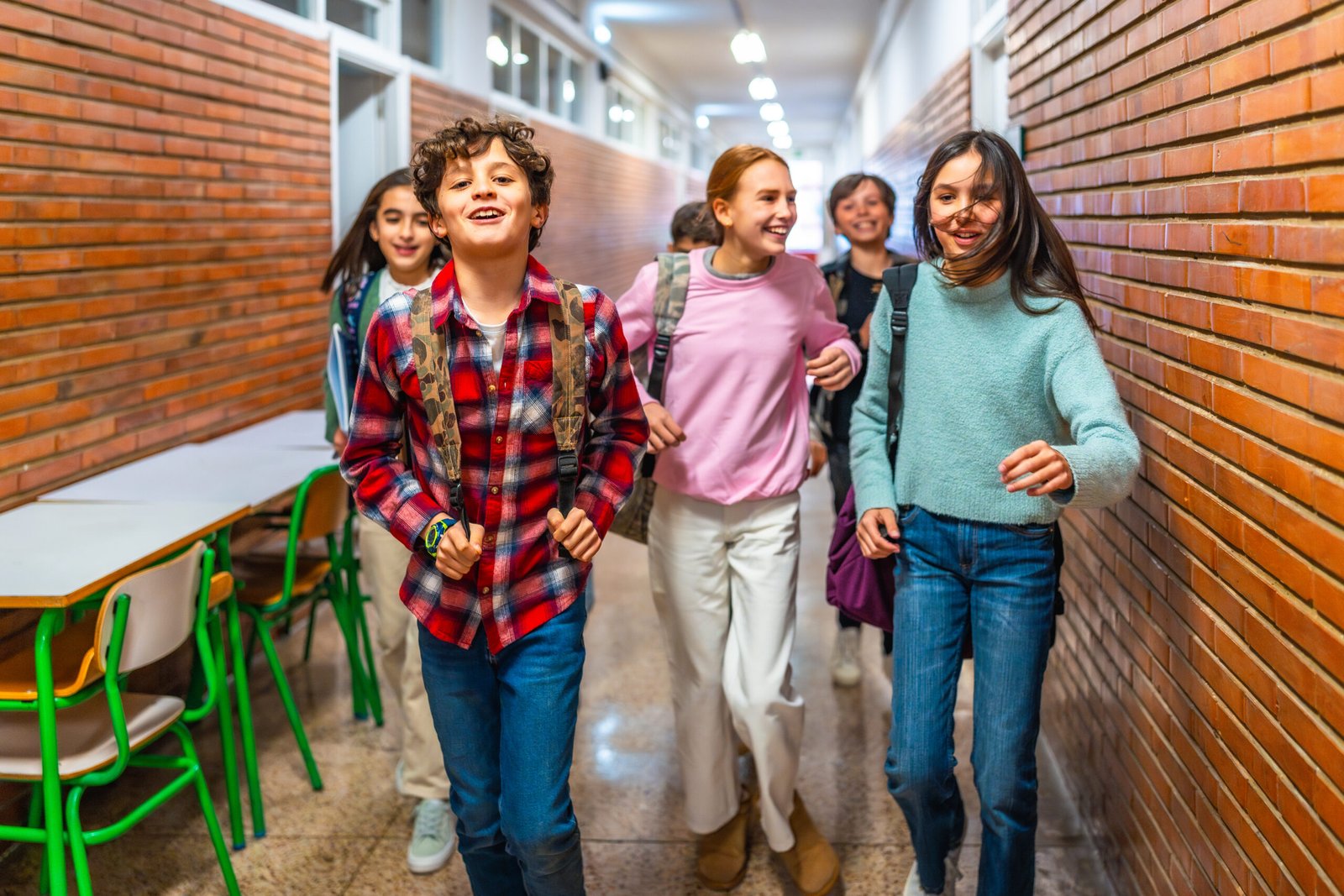

One Response